Hokkaido





 The Ainu language of the island's indigenous people (“Ainu”) means “inu mosir” (meaning “land where humans live”) or “ya un mosir” (“land land”) [7 Is called]. Japanese people (Watans) call Watarishima in ancient times, Ainu (ezo) until modern times, and the land is called Ezochi, or Hokushu, Toshujima, etc. But [* 3] [* 4], the Meiji government examined the name change with the establishment of the pioneer, and Takeshiro Matsuura, who had continued exploration of remote areas and exchanges with the Ainu, submitted a white paper to the government. Six proposals were presented: “Kitakai Road”, “Kohoku Road”, “Kaito Road”, “Hidakami Road”, “Tohoku Road”, and “Kishima Road”. In the end, “Hokkaido” was adopted as the basis, and it was named “Hokkaido” as a compromise with Kaihoku, and as a form that imitates the names of Tokaido, Nankaido, and Nishikaido in Goki 7 . Matsuura explains in the Ken Hakusho that the “Kitakaido” plan was devised because Ainu called himself “Kai”, but linguist Kazuyo Kaneda said that fact He claims that no evidence has been found.
The Ainu language of the island's indigenous people (“Ainu”) means “inu mosir” (meaning “land where humans live”) or “ya un mosir” (“land land”) [7 Is called]. Japanese people (Watans) call Watarishima in ancient times, Ainu (ezo) until modern times, and the land is called Ezochi, or Hokushu, Toshujima, etc. But [* 3] [* 4], the Meiji government examined the name change with the establishment of the pioneer, and Takeshiro Matsuura, who had continued exploration of remote areas and exchanges with the Ainu, submitted a white paper to the government. Six proposals were presented: “Kitakai Road”, “Kohoku Road”, “Kaito Road”, “Hidakami Road”, “Tohoku Road”, and “Kishima Road”. In the end, “Hokkaido” was adopted as the basis, and it was named “Hokkaido” as a compromise with Kaihoku, and as a form that imitates the names of Tokaido, Nankaido, and Nishikaido in Goki 7 . Matsuura explains in the Ken Hakusho that the “Kitakaido” plan was devised because Ainu called himself “Kai”, but linguist Kazuyo Kaneda said that fact He claims that no evidence has been found.
Hokkaido is considered to be one of the ordinary local public bodies (prefectures) in the Local Autonomy Law that is equivalent to other “city / prefecture / prefecture”, but for “city”, “prefecture” and “prefecture”, remove this. , “Tokyo”, “Osaka”, “Kyoto”, “Kanagawa”, “Aichi”, etc., while Hokkaido is sometimes referred to as “North Sea” by simply removing the “road”. Very rare (although there are some examples of proper nouns such as company names and school names, such as Hokkai Times and Hokkai Gakuen University). The official notation in English is “Hokkaido Government” or “Hokkaido” [8], and is not written as “Hokkai Government” or “Hokkai Prefecture”. On the other hand, since there are only local governments that are “roads” in Hokkaido (similar to “inside Tokyo” and “downtown” in Tokyo), “roads” are “Domestic rice”, “outside Hokkaido”, etc. In fact, it is widely used as a vocabulary (morpheme) that uniquely points to Hokkaido.
As will be described later, the local government office that oversaw Hokkaido from 1886 (Meiji 19) to 1947 (Showa 22) was the Hokkaido Agency. In this case, “Hokkaido” is just a regional designation, and “Hokkaido Agency” is the name of the government office placed alongside “Tokyo Prefecture”, “Aomori Prefecture”, etc. (same as the relationship between Eita and Eita) . This “Hokkaido Government” is not the central government office of the local government as it is currently used. In 1901 (Meiji 34), the Hokkaido Association Law and the Hokkaido Local Expenses Act were promulgated and enforced to become a local government with a “Hokkaido Association” parliament, but the local government was called “Hokkaido Local Expenses”. After the war, when the prefectural system was revised together with the municipal system, town village system, and Tokyo system in the first local system reform in 1946 (Showa 21), the Hokkaido Association Law and the Hokkaido Local Cost Law were abolished and became the prefectural system. Integrated. In addition, according to the provisions of the supplementary law of the revised law, the local government that was previously called “Hokkaido Local Expenses” was called “Road”. The Hokkaido Government as a local administrative agency was abolished together with the “Hokkaido Government Official System” by the enforcement of the Local Autonomy Law in 1947 (Showa 22), and became Hokkaido as a normal local public organization based on this law.
Kusatsu Onsen

“Kusatsu Onsen” is an old name, but it was once known as “Kusatsu-yu / Kusatsu-no-yu [* 1]

or another name from Ueno. Often referred to as “Joshu Kusatsu-yu / Joshu Kusatsu-no-yu” with “Joshu”. Even today, the nicknames “Kusatsu-no-yu” and “Joshu-Kusatsu-no-yu” are used frequently. The name “Joshu Kusatsu Onsen” is now used, but in addition to its nuances, this expression is confused with other areas such as “Kusatsu” and “Kusatsu Onsen” (* In some cases) (see section “Kusatsu no no Kusatsu”).

The name of the place “Kusatsu” in this area is said to be “odorous water” because of the strong hydrogen sulfide odor of hot springs [2] [3] [4] . There is also a theory called odor [4]. The origin of Kusatsuyama Kosenji is said to have originated from the section “Nankata Famous Yuzen Kusatsu-yu”, a section of “Daikan Wakaba Rami Takkei” (commonly known as Daikan Wakakei) [5] [3] Hannya has no such verse [6] and is popular. There is a story about the hot spring that came out after mowing the grass when Gen Yorino visited this area [7].

The reason why Kusatsu Onsen is sung as “Kusazu Good Spring Hot Spring (Ideyu)” on the “Ku” tag of Kamigami Karuta is that “Kusazu” means “Kusazu”. It is read that there is a theory that the place name today is derived from the fact that it was called “kusozu” because of the strong hydrogen sulfide odor of hot spring water







#yubatake
#kusatsu
#gunma
#onsen
#yumomi
snow monkey jigokudani
What is Jigokudani Monkey Park?

The Jigokudani Snow Monkey Park, located in the valley of the Yokoyu River, which originates from the Shiga Kogen, is located at the deepest part of the Jigokudani Onsen where the snow is piled up at an altitude of 850m and over 1m in winter. To do. Although it is partitioned as a facility, it is an environment where Japanese monkeys can freely enter and leave without fences, and monkeys live in forests with a radius of several kilometers and come to the Wild Monkey Park for food.

In fact, wild Japanese macaques live in the deep mountains, so it is a valuable place where anyone can observe the Japanese macaques that live in flocks close to nature.
Introduction of Jigokudani Monkey Park ① Popular with foreign tourists

During the Nagano Olympics held in 1998, many tourists from all over the world, including athletes and other officials, came to the world and became famous around the world.
It is ranked high in "Japanese tourist spots popular with foreigners", and in many cases, it is so popular that more than half of the visitors are foreign tourists. Especially in winter, the Japanese monkeys that enter the hot spring are called “snow monkeys” and are known to have many Australian tourists visiting ski tourism.
Introduction of Jigokudani Monkey Park ② Is it similar to humans? Monkeys entering a hot spring

A curious puppy monkey bathed in an open-air bath at a nearby ryokan called “Korakukan” at the time of its opening. No "Monkey-san outdoor bath" was made.
It seems to enter a hot spring to overcome the cold enough to accumulate snow, something that seems to be comfortable and something that looks like a human, such as something that makes you feel comfortable and grooms yourself. There are many observation points such as hating to enter a hot spring and some monkeys drinking hot water.

Introduction of Jigokudani Monkey Park ③ Feeding is a means of observation
At Jigokudani Yaen-Koen, feeding is considered as a means to keep monkeys in a state where they can be observed, not a feeding show, and the feeding time is not constant depending on the monkey's condition and season , No announcement or announcement. In order to ensure safety from being attacked by monkeys and to prevent damage to the original ecology, food is not sold and feeding of tourists is strictly prohibited.

There are some prohibited items such as “Do not touch monkeys”, but it is very important to follow the rules. Because monkeys are indifferent to tourists because tourists do not feed and do no harm, they can observe them up close.
Access to Jigokudani Monkey Park
Jigokudani Yaen-Koen is about a 10-minute drive from Yudanaka Station on the Nagano Electric Railway Nagano Line. It is about a 30-minute walk from the wild monkey park, and a 15-minute walk from Jigokudani parking (charges apply). However, since the road will be closed in winter, the promenade will proceed from Kambayashi Onsen.

“Snow Monkey Holiday View (Mini) Bus”, which runs on Saturdays, Sundays, and holidays in the winter season and the year-end and New Year holidays, is a fully-reserved ticket bus that runs from Shibu Onsen, which closes in winter, to Jigokudani. Recommended because you can go to Jigokudani.
Jigokudani Monkey Park
6845 Yamanouchi, Shimotakai-gun, Nagano
0269-33-4379
Summer (April to October) 8:30 to 17:00, Winter (November to March) 9:00 to 16:00 * Depends on monkey behavior
Without holiday
Entrance fee: 500 yen for junior high school students and over, 250 yen for over 5 years old
http://www.jigokudani-yaenkoen.co.jp/japanese/html/top_j.htm

Search for a tour to Nagano using a travel book
Mixed bathing with monkeys !? A long-established hot spring inn "Korakukan"
The wooden inn “Korakukan”, located only 50 meters away from the Wild Monkey Park, is a long-established inn founded in 1864 and the current owner is the seventh generation. Located in the Joshinetsu Kogen National Park, the intense sound of the natural monument Jigokudani fountain and hot water of about 98 degrees are said to have come from the name “Jigokudani Onsen”. In addition to wild monkeys, the surrounding area is home to a variety of wildlife and you will have many opportunities to meet during your stay.

There are two baths, one for men and one for men, one for mixed baths, one for women, and one for private family baths. From 12:00 to 15:00, day bathing is also available (600 yen for adults). In winter, wild monkeys gathered in the open-air bath without permission, and this is the only open-air bath in the world where you can bathe with the monkeys! You can use the nearest paid parking lot by car in the summer, but due to traffic restrictions in the winter, the access is about a 30-minute walk from Kamibayashi Onsen, and it has an atmosphere like a secret hot spring.

#snowmonkey
#yamanouti
#nagano
#japan
#jigokudani
okinawa
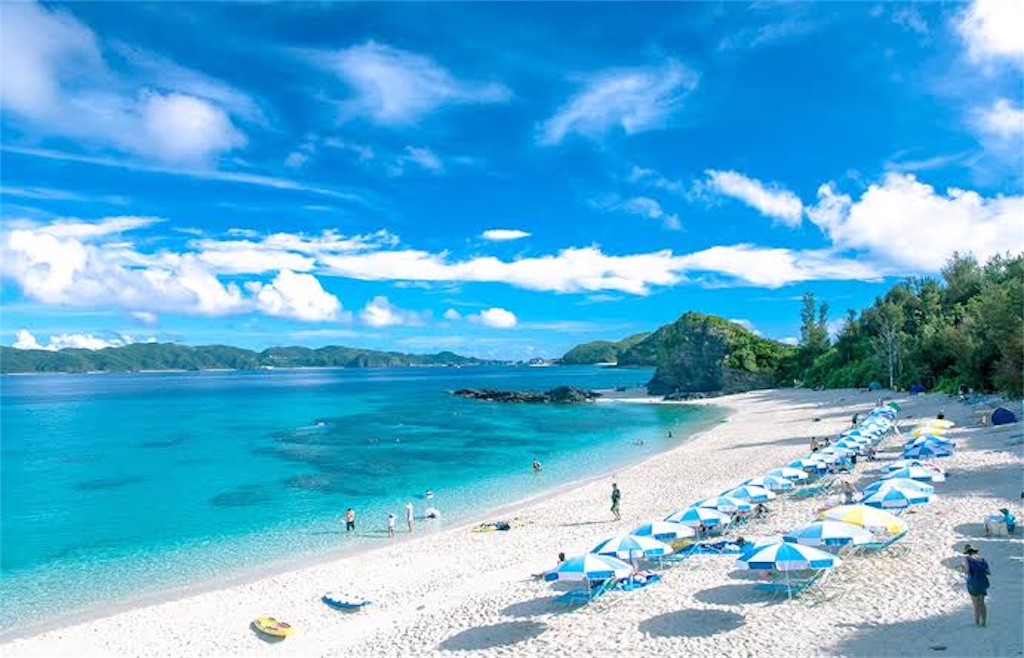
It consists of the islands of the Nansei Islands (Okinawa Islands, Sakishima Islands, Daito Islands) excluding the Shonan Islands in Kagoshima Prefecture, and is sandwiched between the East China Sea and the Pacific Ocean. The area is 2,281㎢, the second smallest after Kagawa Prefecture, Osaka Prefecture, and Tokyo, and includes the southernmost region of Japan where people live. [Note 1] Yonaguni-cho, Yaeyama-gun is the local government located at the westernmost tip of Japan, and Twish, located 260m north-northwest of Yonagunijima, is the westernmost point in Japan [2].
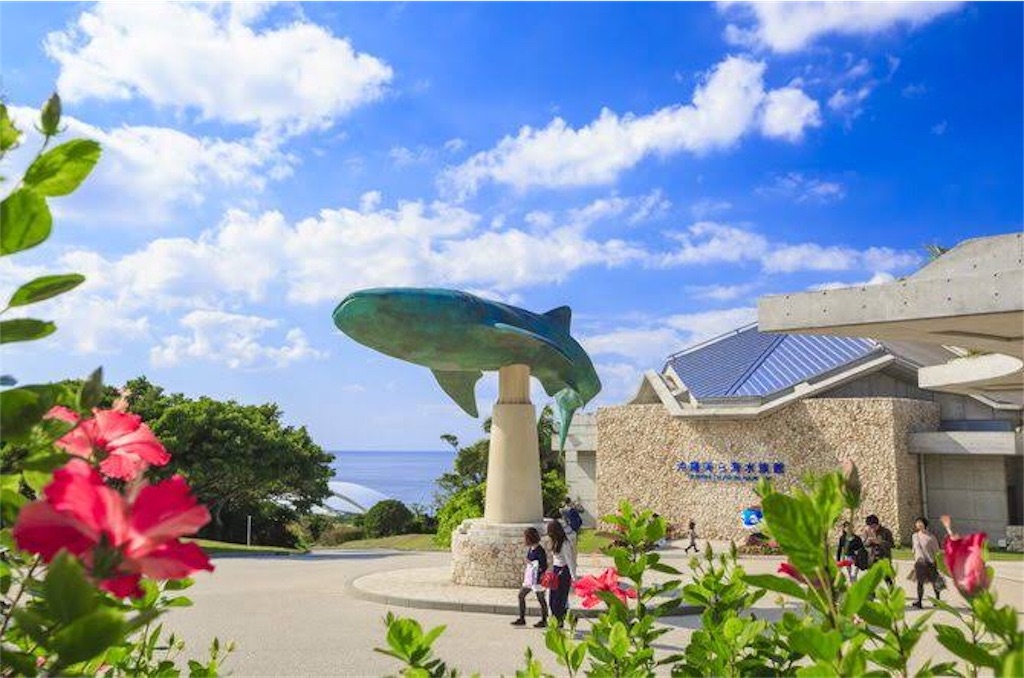
About 90% of the citizens of the prefecture are concentrated on the main island of Okinawa, and may be divided into the main island of Okinawa and other remote islands.
Almost the entire area has a subtropical climate, and some belong to the tropics. It has a mild climate throughout the year, and there is no difference between the maximum and minimum temperatures, and there are no mountains with high altitudes.
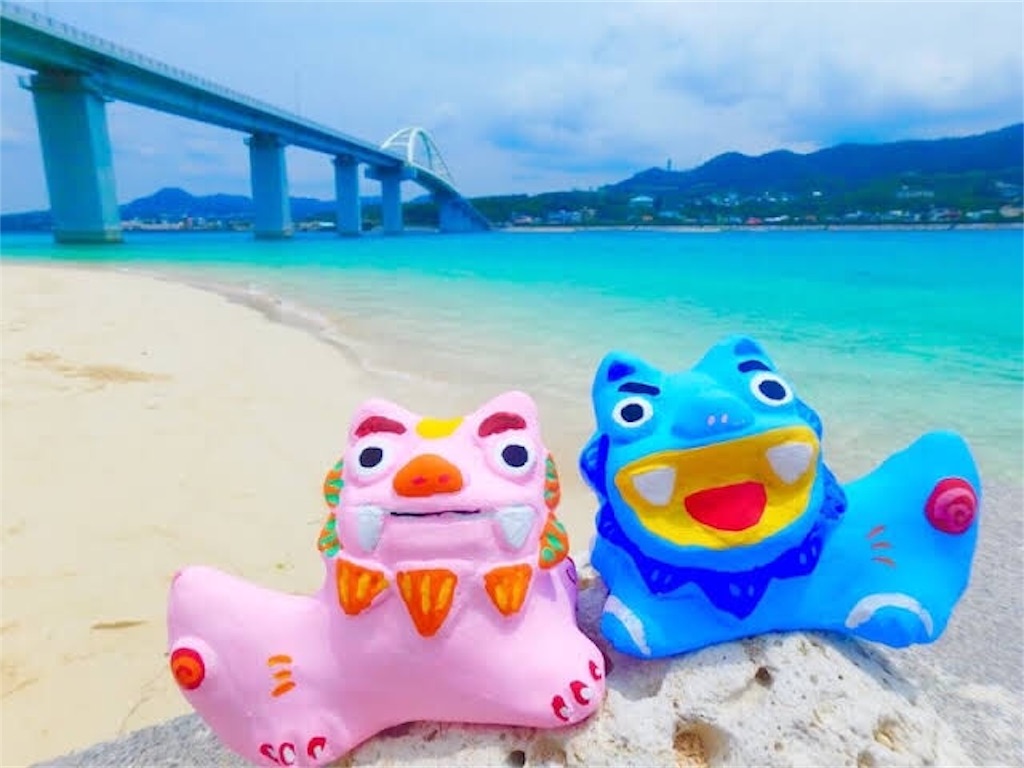
It is located in an important place as a sea transportation route (sea lane) and a military site (first archipelago line), and there are many US bases in Japan. Major US military facilities include Kadena Air Base, Futenma Air Base, Camping and Butler.

According to “Nakayama Sekan” compiled during the Ryukyu Kingdom era, the child was moved to Okinawa Island (Unten Port) to escape from the chasers, and the child was the first Ryukyu king 舜天. It is said that it has become, and is treated as Masafumi. Around the 12th and 13th centuries, the Three Mountains Kingdom (Kitayama, Zhongshan, Nanshan) was erected, and it was traded in China (Ming) with a booklet and traded in Ryukyu (Gusuku period). In 1429, Zhongshan Wang Nao Zi destroyed Namsan and Kitayama and founded the Ryukyu Kingdom (Mr. Daiichi). In 1469, Kanemaru, who was the vassal of Sangdeok, captured the throne, and called himself Sang Yong King and took the throne. The map also extends to the surrounding Sakishima Islands and the Amami Islands, but in 1609 (Keicho 14), the invasion of the Satsuma Domain surrendered to the surrender of the King Ning, and the Amami Islands that were under the kingdom at that time became the Satsuma Islands Ceded [Note 2], the kingdom was under the control of the Satsuma Domain (Ryukyu invasion). Even after the invasion by Satsuma, the kingdom continued to receive China's book-wrapping, and it had become a system of “both belonging to” Japan's Satsuma and Kiyokuni, but it played a role as a relay trade place between the two countries under the isolation system, and through its trade The culture and autonomy of the country.

Following the opening of the Meiji Restoration on the mainland of Japan in the modern era, the Nisshin Shusei Code was concluded in September 1871 (Meiji 4), and diplomatic relations were established with Kiyo. However, in October of the same year, about a month later, the Miyakojima Islander Distress Incident occurred, and the Meiji government rushed to establish a centralized state to deal with diplomacy. In 1872 (Meiji 5), the Ryukyu Pass was established, Sealed the Ryukyu king's Naotai with "Ryukyu Keio" and set up a mansion in Tokyo. After negotiations with Kiyoshi by the Fukushima Foreign Affairs Minister, he was dispatched to Taiwan in 1874 (Meiji 7). A diplomatic incident with the On April 4, 1879 (Meiji 12), the Meiji government abolished the Ryukyu Domain and established Okinawa Prefecture, and Naotai moved to the mansion in Tokyo and became a Chinese. The ruins of the castle ruins in the Gusuku period are registered as a UNESCO World Heritage site as “Gusks and related heritage groups of the Ryukyu Kingdom”.
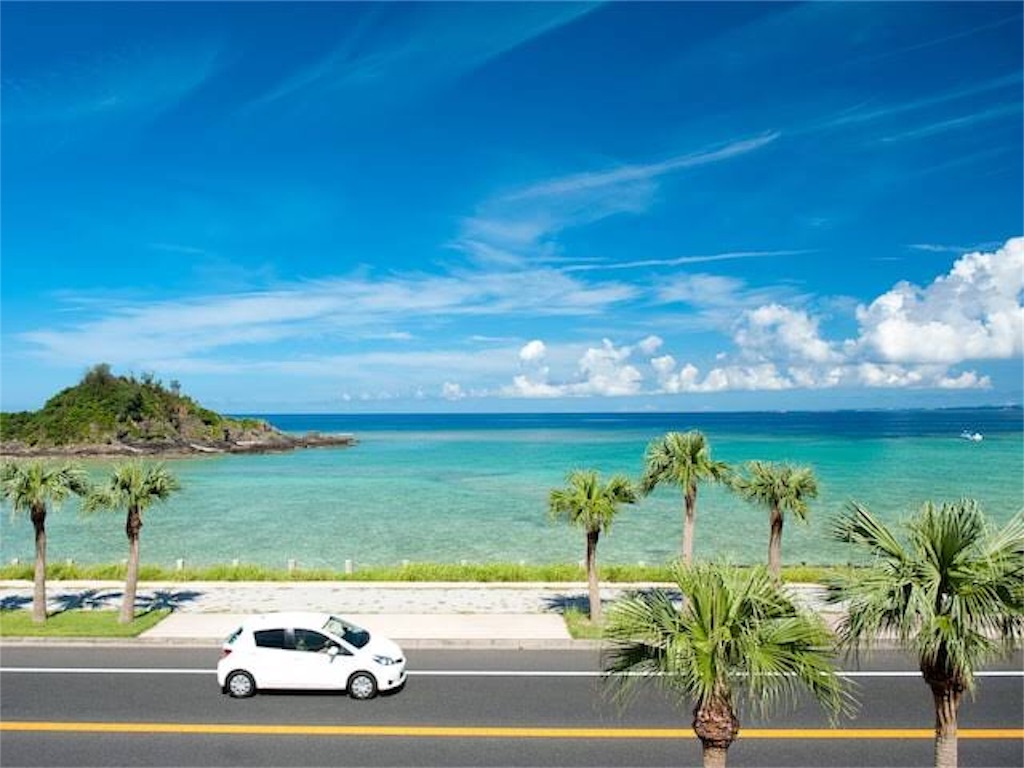
In 1945 (Showa 20), in the Pacific War, it was called “The Only Ground Battle”. The U.S. army landed on the coast of Yomitan village on the main island of Okinawa on April 1 and quickly took control of the northern half of the island, the Japanese army was driven to the south by the U.S. army's total attack, and the general headquarters was placed Shuri Castle was burnt down, and on June 23, the Okinawan defense commander commander Masanaka Ushijima and others self-determined in Mabunhito ended the organized battle. The fierce battle that lasted for about three months killed one in every four citizens of the prefecture and devastated the land. Currently, Mabunhi is designated as the Okinawa Battle Site National Monument, and June 23 is a holiday for Okinawa Prefecture as a memorial day.
After the war, the Nansei Islands were occupied by the US military, Japan's administration was suspended, and Okinawa Prefecture once disappeared as an entity (Okinawa rule by the United States). Under the leadership of the U.S. army, the Ryukyu government was born. The village and farmland were seized on a large scale for the construction of the base, and a right-handed road was developed. Post-war reconstruction was promoted in the American way, such as requiring a passport to travel to Japan. Okinawa remained under the rule of the US military after Japan, which was occupied by GHQ in 1952, regained sovereignty. After the 1950s, the Korean War and the Vietnam War broke out, Okinawa became more important as a front supply base for the U.S. military, and many U.S. military personnel were stationed.B-52 and other strategic bombers, defoliants and nuclear weapons Many destruction weapons were deployed, and Vietnam was afraid of “Devil Island” [4]. While the economy relied heavily on bases, prices were cheap and living was stable due to the effects of a fixed exchange rate system with a weaker yen against the yen, and the population was about 500,000 immediately after the end of the war until it returned to the mainland. In just 27 years, it has doubled to about 1 million. However, the islanders were strongly opposed to the powerful and discriminatory administration by the US military, and large-scale anti-base movements seeking to return to the mainland were being developed in various places (Island Ruggle Struggle). In 1971 (Showa 46), Prime Minister Eisaku Sato and President Richard Nixon signed an Okinawa return agreement. In 1972, Okinawa was reinstated in Japan and Okinawa was revived. (Okinawa return) [Note 4] [Note 5]. Base issues, unexploded shell issues, and Japan-US status agreement issues that have continued since the US military rule are major political issues for the prefecture (see “Futenma Base Relocation Issue”).
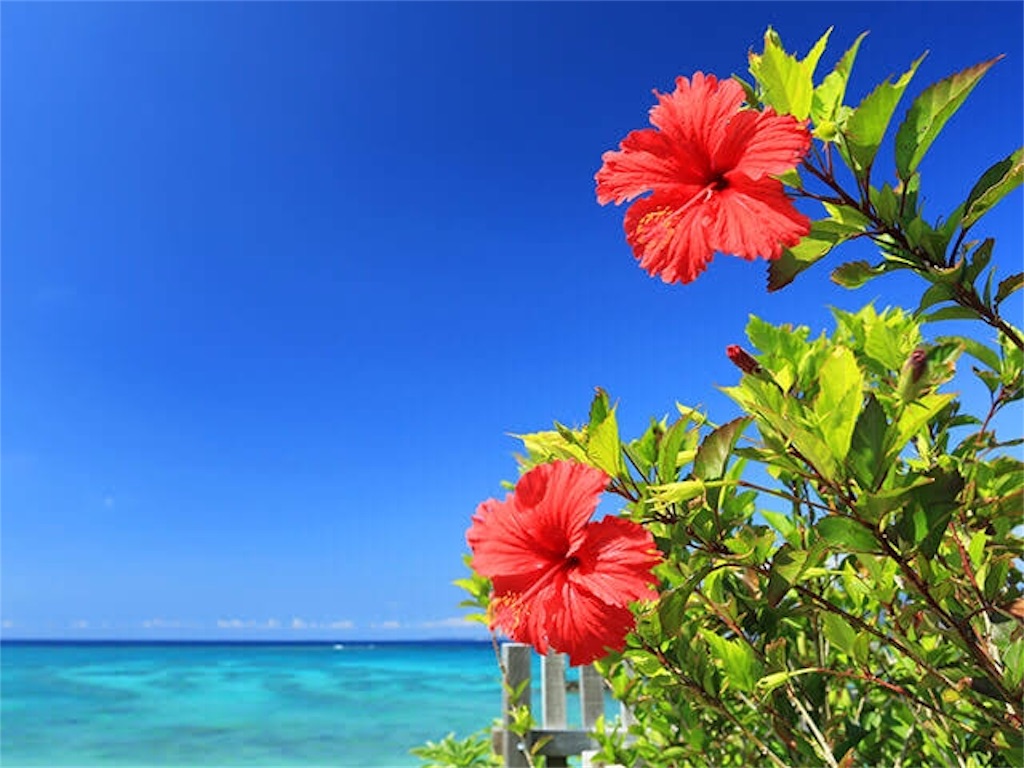
From the historical background described above, the culture, customs, names, dialects, cuisine, industry, population structure, and institutionalities of the main four islands ("Mainland") are very different from those of the main prefecture. In some cases, people other than the citizens of the prefecture are called “indians”.
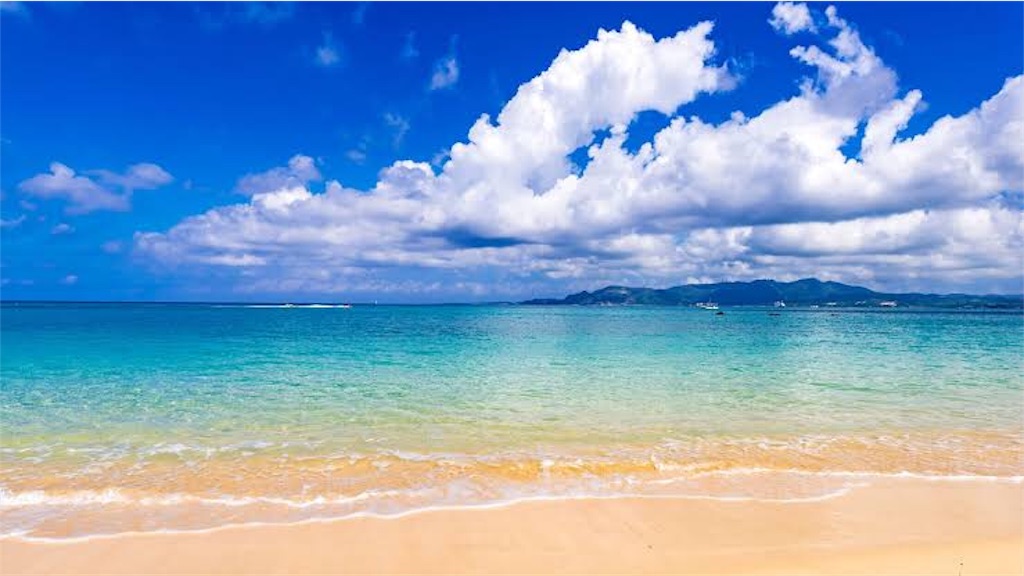
It is one of the best resorts in Japan, with particular emphasis on the tourism field with strengths such as cultural experience, Okinawan cuisine, leisure, marine sports, war remains, etc. Tertiary industries including tourism account for 79.2% On the other hand, the primary industry is 5.4%, and the secondary industry is 15.4% [5].
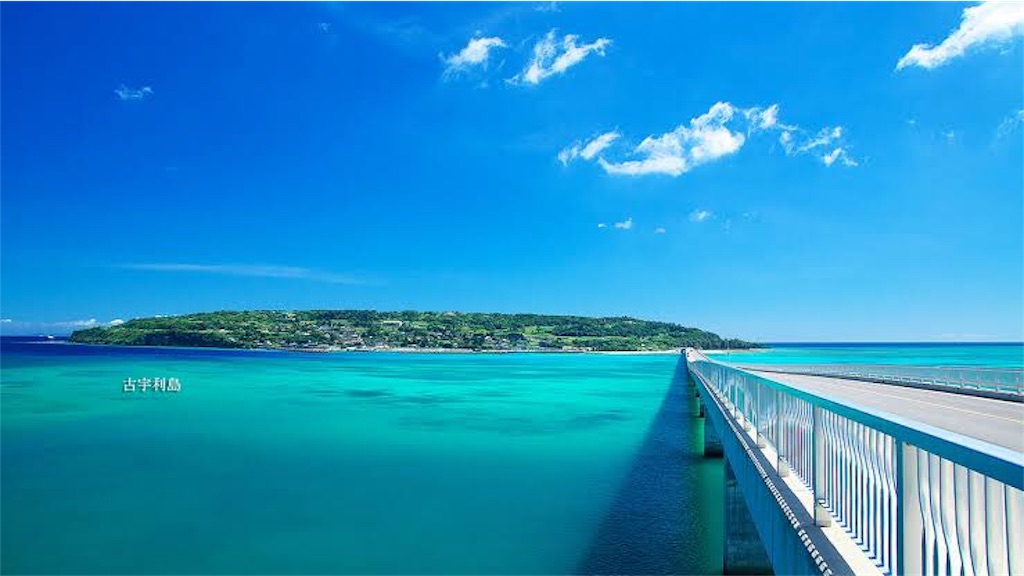
In the martial arts world, it is famous worldwide as the birthplace of karate (Ryukyu Karate), and many foreign students have entered and practiced Karate Dojo in the prefecture. In boxing, he has produced a number of world champions and famous players, including Gushiken High School from Ishigaki City.

onsen

Onsen is a term that refers to the phenomenon or place where hot water (hot spring) springs from the ground, and the hot water itself. Bathing facilities using these hot springs and areas where they gather (hot spring towns and hot spring villages) are generally called hot springs. Sometimes referred to as "natural hot springs" in contrast to artificial hot springs.
When classified by heat source, it can be divided into volcanic hot springs that use magma beneath the volcano as a heat source and non-volcanic hot springs that heat groundwater by geothermal heat, etc., regardless of the volcano. There are hot springs with various colors, odors and effects depending on the ingredients.

Broadly defined hot springs (legally defined hot springs): According to the Japanese hot spring law definition, natural water (mineral water) or gas that is different from ordinary water springs out even if the temperature of the water is not necessarily high. In some cases, it is considered a hot spring (see “Definition of hot spring” in the following section) It is common to discuss whether a hot spring is genuine or not whether it is a “legal hot spring” that falls within the definition of the hot spring law (sometimes it is also used in discussions that do not fit the image) ). It is set at 21.1 degrees (70 degrees Fahrenheit) in the United States and 20 degrees or more in Germany.

Onsen saikou!!
Mt. Fuji
Mt. Fuji (English: Mount Fuji) is an active volcano that spans Shizuoka Prefecture (Fujinomiya City, Susono City, Fuji City, Gotemba City, Oyama-cho, Sakai-gun) and Yamanashi Prefecture (Fujiyoshida City, Narusawa Village, Minamitsuru-gun) [

Note 1]. It is an independent peak at an altitude of 3777.24 m [Note 2] [4], the highest peak in Japan (Kengamine) [Note 3], and its elegant appearance is widely known as a symbol of Japan outside Japan. Not only was it the subject of numerous artworks, it had a great influence on the artistic side, but also had a great influence on the geology of the climate and strata. It is composed of a basaltic stratovolcano with a catenary curve, and the mountain extends to the coast of Suruga Bay.









